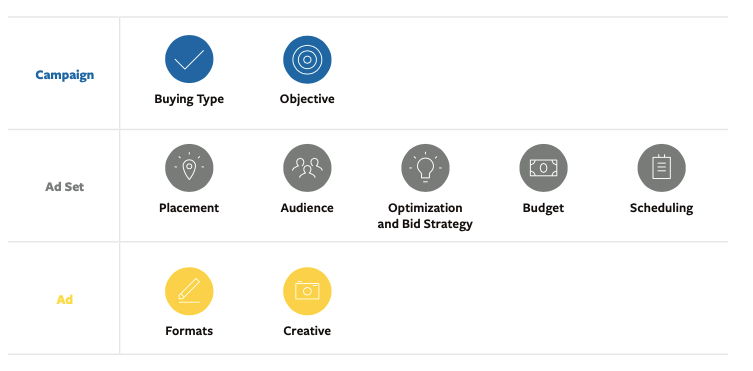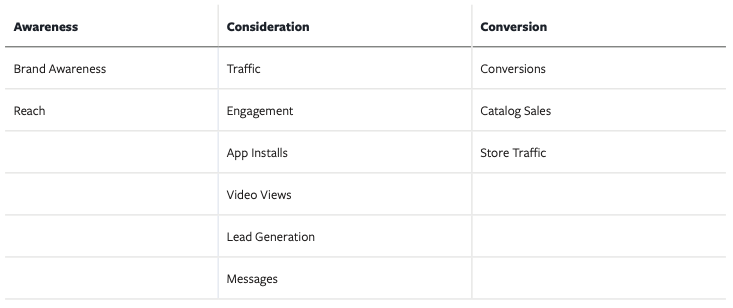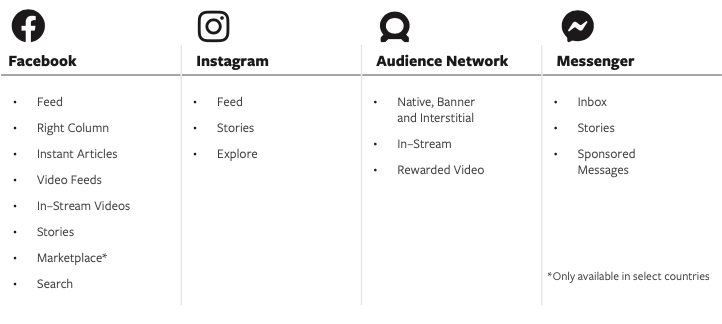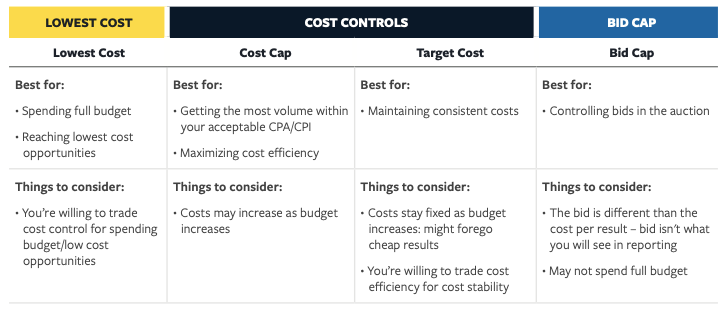#
Facebook is an indispensable platform for companies to meet with their users and potential customers in a cost-effective way. Writing this guide is to provide a primer on how you can grasp the tools and set yourself up to achieve success on social media marketing.
Before we dive in, let’s get one thing out of the way. There are many ways to approach marketing on Facebook, but we’ll stick to the one we love most: inbound.
The term "inbound strategy" relates to being helpful and relatable to your audience. It encompasses greater understanding of your customers' goals and cooperating with them to solve problems. One of the best ways to do this is to be available where they already invest their time, which implies you must be on Facebook at all times.
This mindset goes hand in hand with another. Namely, showing value to your customers. There are numerous ways you can do this within a social media strategy – everything from conducting surveys and tutorials on the right tools, nudging anyone who might be interested in your intended product or service to actually purchase it if they haven't already (which takes commitment). There are people who try to claim that you must do a whole lot in your marketing efforts with Facebook. This is definitely the case if you're attempting full-time brand advertising with it, but fortunately for us regular mortals; social media marketing doesn't have to offer or cost anything substantial at all. If I'm talking business results, then this approach will take longer than non-marketing social leads which can produce similar gains quickly as its quality increases.
Business that wishes to build an "authentic" relationship with their audience is able to utilize Facebook's tools. It allows marketers to design and disperse high-quality content that will be useful for users. It also provides sales and customer services reps to connect with consumers who are interested in a brand.
True Facebook marketing requires a consistent, long-term commitment. But we promise, the awareness and demand will be worth it.




